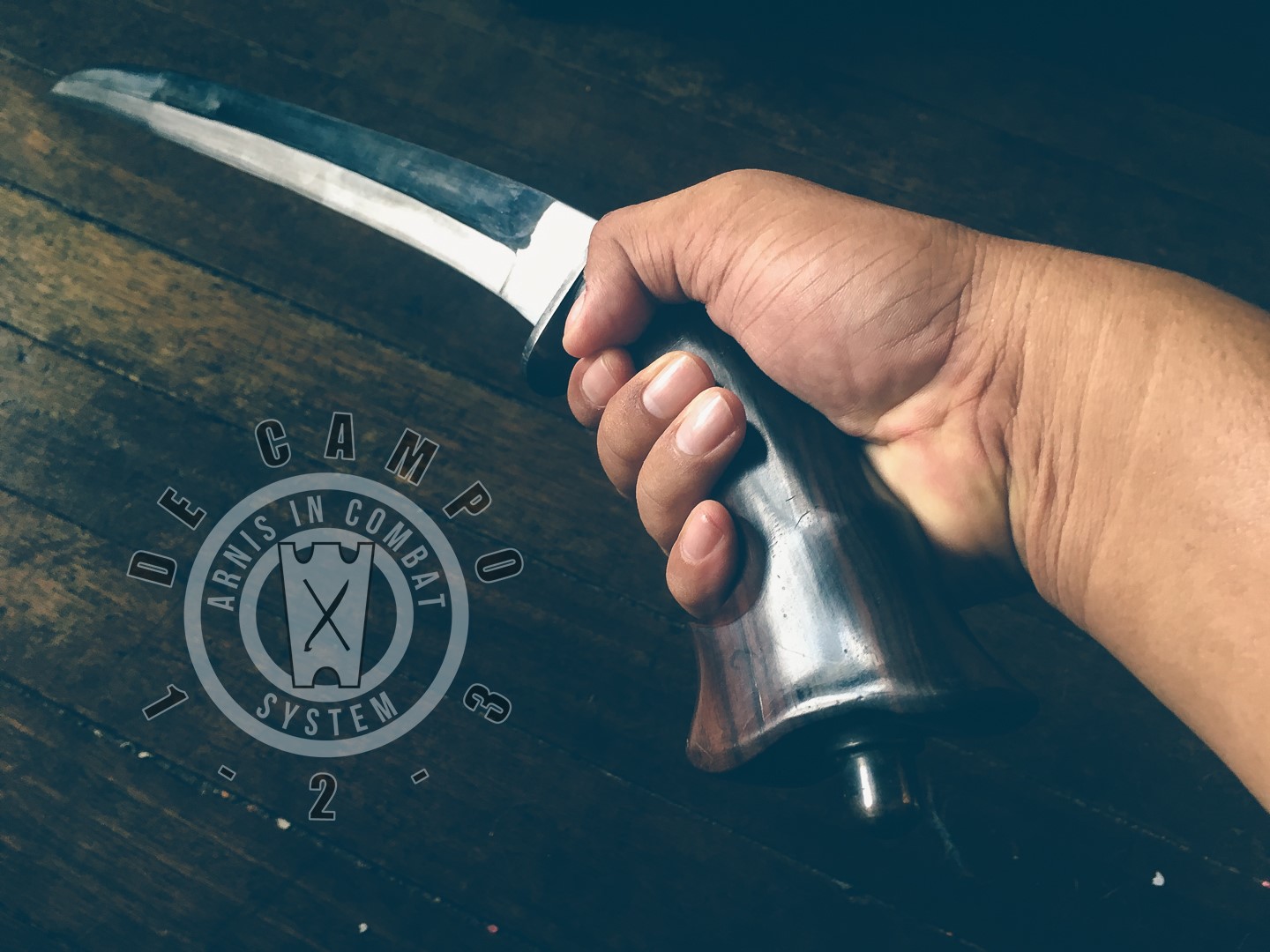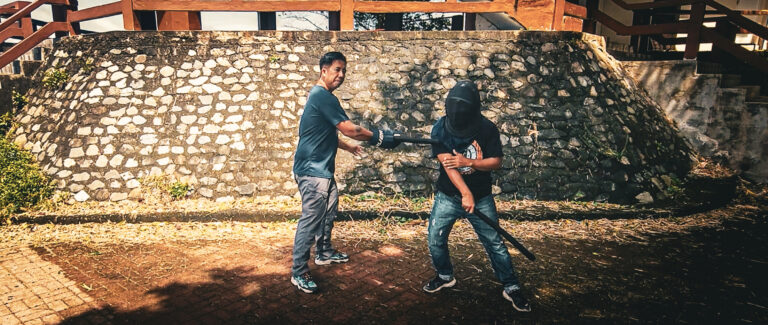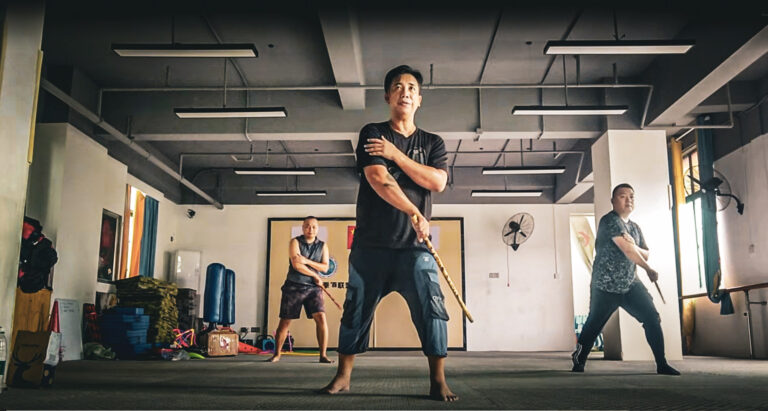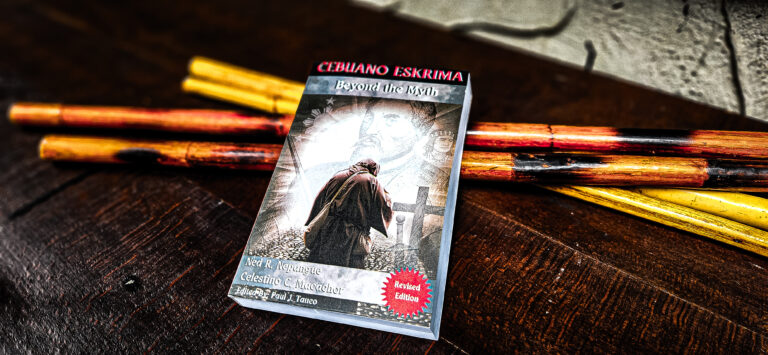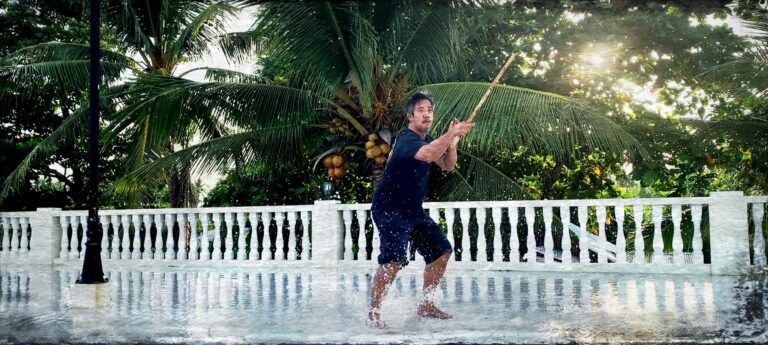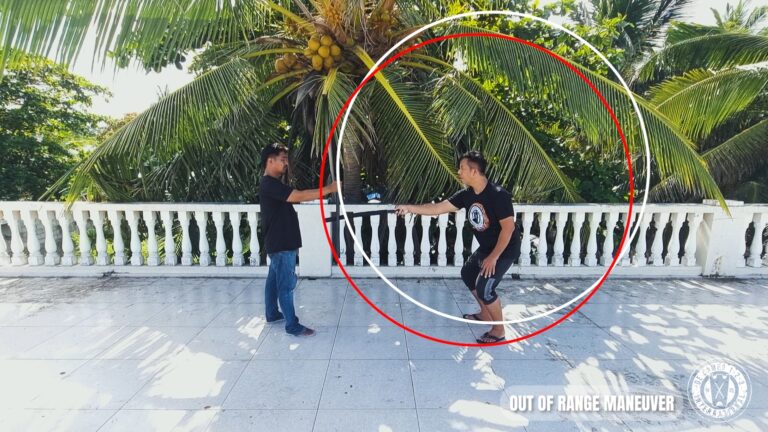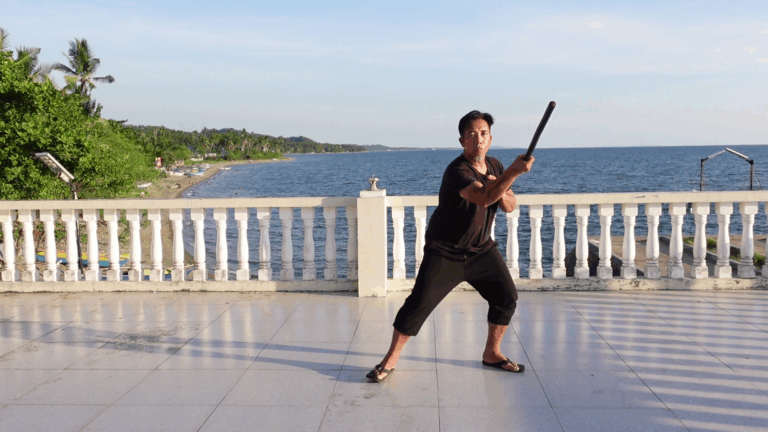We live in an age where everything is easily accessible. Sadly, this is a double-edged phenomenon- for example, the same website that teaches how to disarm bombs can also unintentionally provide direction on how to build one. Yet another website can show how to hack webpages, hold a gun, or wield a knife. While there’s no shortage of benevolent material on the internet (motivational sites encouraging faith, hope, and love etc), it must be acknowledged that the opposite end of the spectrum- violence and malevolence- also thrives. And it’s not only regarding instructional / stock knowledge sites- the best anime shows nowadays showcase chopped limbs and heads aplenty, while action movies would be incomplete without flashy martial arts moves and the latest handheld weaponry. There are also live-action footages of people being shot, stabbed, strangled, and mangled in every way imaginable. For every video that teaches how to disarm a hand-held weapon, there are two or three other videos that show people being killed by these same weapons.
The awareness of the existence of violence- as well as the demonstrating how it can be implemented- poses a serious problem. Psychology points to the fact that a culture wherein violence has been desensitized would lead to an increase in incidents of violence. The signs are apparent even in Philippine society, marked by the increasingly horrific crimes being committed. With the seemingly slow catching-up being done by police and/or military groups (whose roles, alas, are triggered mostly after, and not before or during the crime), it would be a practical measure for every citizen to be versed in at least one self-defense art.
There’s a myriad of martial arts to choose from, from the downright practical (Krav Maga) to elegance (Kung Fu), to combat sport (karate, taekwondo), and even fitness-oriented (Tai Chi). There are also arts which encompass all aspects, like arnis/kali/eskrima, a stickfighting art endemic to the Philippines. The art’s practicality can be traced to the fact that the basic weapon- the stick- can be replaced by a blade or any lever-type, handheld object. With regard to elegance, the art features single- and double-stick routines which have been used in countless Hollywood action movies. Legendary and fantastic stories also abound, echoing the viciousness of the long-gone Juego Todo era, wherein stickfighting masters engaged in deathmatches for fame and money. Famous Grandmasters include the great pioneer Anciong Bacon, the undefeated Juego Todo champion Jose Caballero, the blade-oriented hotshot Antonio “Tatang” Ilustrisimo, the guerilla veteran Benjamin Luna Lema, and many more luminaries whose exploits in the stick and/or the blade have aroused curiosity and wonder in Filipino martial arts (FMA).
Unlike stickfighting arts propagated by other cultures, arnis/kali/eskrima can be learned via a plethora of different systems each having its own striking pattern, blocks, disarms, footwork, and other signature moves. Some arnis systems even utilize the stick for grappling scenarios. The versatility of the stick plus the meticulousness of each system- made possible by decades of study by founding Grandmasters- result in a lethal art which has been proliferated, practiced, and celebrated around the world.

